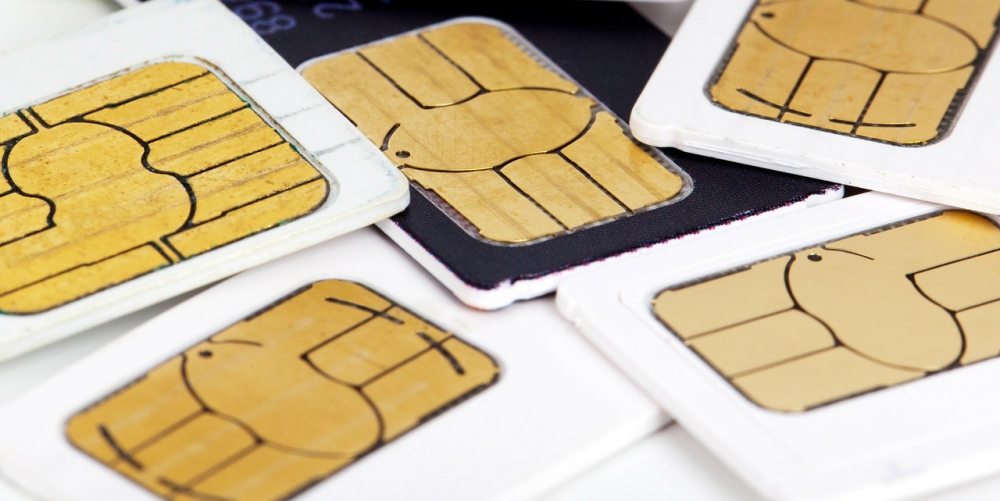
The first-ever consumer SIM card was made in 1991 and, more than 25 years later, businesses are still using this technology to connect their devices. That’s because SIM cards remain one of the most secure communication tools that a business can have in its arsenal. However, when it comes to the Internet of Things (IoT), traditional SIM cards are no longer an effective long-term solution. While traditional SIM cards work well for consumer devices, IoT-enabled devices are far more independent from human intervention, and therefore, they require a highly stable and secure connection which is beyond what most traditional SIM cards can provide.
When you use an IoT SIM card—rather than the traditional cards of the past—you can connect billions of IoT devices securely. Companies can ensure that connections remain strong in challenging environments, such as urban canyons or rural farms. If you use a traditional SIM in these environments, you’re more likely to experience lapses in coverage, which, in turn, result in expensive service calls in order to fix the problem. To reduce service complexity, cost and time to market, you should consider using an IoT SIM card that’s specific to your business model and operating constraints.
Different Locations Require Different Management Strategies
In theory, a SIM card can connect any cellular IoT-enabled device, whether that device is located in London or New York. However, today’s reality is that SIM cards and their compatible cellular networks are subject to the rules, regulations and network availability of their region of origin. This can cause a major headache for businesses because they have to renegotiate with the SIM manufacturer in each new service country in order to get the physical SIM cards to send to customers. They also need to manage the subscription overseas, which means negotiating partnerships with global networks, and continuing to follow their specific rules and regulations in the future. What’s worse, this is a process that never truly ends. Whenever your business expands to a new country, you need to repeat this integration process all over again.
How Your Business Can Sidestep SIM Card Disadvantages
Most of the problems related to SIM cards are easily solved by having a
single card and platform that handles all of your subscriptions, whether they’re in Los Angeles, London or Tokyo. This is why it’s important to use Smart SIM cards, rather than traditional, single-network roaming cards. The
Sierra Wireless Smart SIM and Connectivity Service resolves both the manufacturing and subscription management problems because you only have to order one type of SIM card from one source. The smart SIM features both local and global carrier plans and comes with a ready-to-connect solution. In fact,
Sierra Wireless’ Ready-to-Connect Solution embeds the IoT SIM right into the cellular module that’s integrated into your project. And there’s no need to negotiate a new manufacturing deal between countries, since these cards are already compatible with global networks. In the not-so-distant future, we may not even need to consider physical SIM cards at all.
Most importantly, using a smart SIM card that is compatible with an IoT management platform, like
AirVantage®, allows you to manage all of your SIM subscriptions in one place. You can diagnose connection problems, edit customer accounts, add on new services and
manage the lifecycle of every product. This also gives customers more control over their products. A manufacturing company that makes surveillance cameras needs both hardware and SIM cards to connect its devices securely. Sierra Wireless provides everything they need, from the modules and routers needed to install the SIM cards in their cameras, to the SIM itself, all the way down to the custom application used to manage the cameras. Getting all of these services from one provider not only saves time and money, but it also ensures that all of your IoT devices are compatible, secure and fully connected.
Edited by
Ken Briodagh





